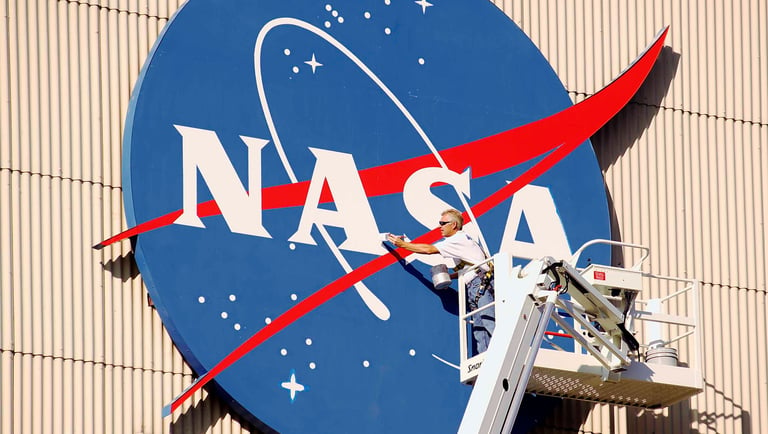NASA to Cut 20 of its Workspace in 2025 Amid Major Restructuring
NASA announces a 20% staff reduction by the end of 2025 as part of a major workforce realignment. Discover how this affects missions, innovation, and the future of space exploration.
By Raja Awais Ali
7/26/20252 min read


A Transformational Shift at NASA
In a bold and controversial move, NASA has confirmed that nearly 3,900 staff members—roughly 20% of its workforce—will leave the agency by the end of 2025. The restructuring is part of a broader strategy to modernize operations, embrace private partnerships, and streamline resources for future missions.
The announcement has sparked both praise and concern across the scientific and political communities.
Why Is NASA Reducing Its Workforce?
According to NASA officials, the agency’s leadership is pursuing a "leaner, more adaptive model" as it prepares for:
Increased collaboration with commercial space firms like SpaceX and Blue Origin
AI-powered automation in satellite and mission operations
Budget constraints following the 2025 federal spending review
A shift from legacy infrastructure to data-driven, modular technologies
This move aligns with NASA’s vision to transform from a purely federal body into a hybrid public-private agency focused on innovation, efficiency, and impact.
Who Is Affected?
The 20% reduction will affect:
Administrative staff
Support services
Older scientific divisions
Some research roles duplicated by private-sector partnerships
However, critical mission areas—such as astronaut training, international collaboration, satellite control, and deep space missions—will remain fully staffed.
Official Statement from NASA
This restructuring ensures that NASA remains agile and future-ready. While change is difficult, we are prioritizing mission excellence, safety, and innovation," said a NASA spokesperson in an official press release.
Employees have been offered voluntary early retirement packages, relocation opportunities, and support in transitioning to roles in the private space industry.
What This Means for the Future
This move reflects a seismic shift in how government space agencies operate:
Public-Private Collaboration: NASA increasingly relies on commercial firms for launches, satellites, and even lunar logistics.
AI and Automation: Missions like CogniSAT-6 demonstrate how AI can replace repetitive roles, reducing human workload.
Focus on Deep Space & Mars: By offloading low-Earth orbit duties, NASA can focus on its Artemis missions, Mars research, and beyond.
Still, critics warn that losing experienced scientists and engineers may harm long-term innovation and lead to overdependence on corporations.
Quick Facts
Category Detail
Staff Affected ~3,870 employees
Total NASA Workforce ~19,300 (as of Jan 2025)
Timeline Departures to conclude by Dec 2025
Key Departments Affected Admin, Research, Legacy Science
Remaining Focus Deep space, AI, safety, private links
Final Thoughts
NASA’s decision to cut nearly a fifth of its staff isn’t just a cost-saving measure—it’s a paradigm shift. As the agency redefines its role in the modern space age, the question remains: will this leaner NASA be smarter, faster, and stronger—or less independent and more corporate?
Only time will tell. But one thing is certain: the future of space exploration is evolving faster than ever.